
Let’s start with, what is Meunier?
Pinot Meunier when translated means ‘Miller’ coming from flour, as the grape leaves have a white dusty flour look to them distinguishing this red grape from pinot noir in the vineyards of Champagne. The fruit is larger in size than pinot noir, which tends to yield a little more juice and is often used in blends – especially non-vintage champagne. This varietal offers lifted aroma and spice which is great for adding some interest to a young champagne but does not age as well as the two noble grapes of chardonnay and pinot noir.
Generally speaking it is not used in vintage champagne, as its said that pinot meunier does not age for a lengthy period like the other noble grapes do. Today however, more and more producers are working with this variety by itself in different parts of champagne, mainly along the Marne Valley and doing really well in creating excellent meunier dominant cuvees. Let’s look at a few.
Which producers to watch out for...
Christophe Mignon | Festigny (21kms West of Epernay)
Production: 40-45,000
‘Mr. Mignon-makes-meunier-in-the-Marne’ (it just came out this way) creates excellent examples that are often naturally ripe when picked in the vineyard. He tends not to add any sugar and often, no sulphur either. His approach is natural, organic and his ‘Pur Meunier’ Brut nature has a generosity and opulence to it, yet still with freshness, acidity and a touch of spice. The result is moreish, food friendly and will change your opinion of this variety. Mignon also makes vintage Meunier and a Rosé which is sappy, juicy and delicious.
Dehours et Fils | Mareuil-le-Port (20kms West of Epernay)
Production: 80,000 bottles
Jerome Dehours started his estate from the ground up in 1996. He took over the vineyards from his family who had always sold their fruit to the large Negociants. Jerome literally began with nothing. No wines in the cellar and no reference to his land. Just think about that for a moment, that’s taking a huge leap of faith to begin on your own.
He worked tirelessly; harvesting year after year, learning about all of his vineyard parcels and began the process of cellaring his wines for a minimum of 3 years before preparing them for sale. To us, this is the very definition of patience, commitment and determination. His wines, which mostly meunier-centric, speak of their place and they exude intensity, energy and complexity. He uses a Solera system for some of his wines; most of his parcels are what’s known as ‘Lieu-Dit’ or ‘of a place’. For example: ‘La Croix Joly ‘Lieu-Dit’ Blanc de Meunier 2009.
In the words of Peter Liem, “Dehours is increasingly becoming better known among champagne aficionados as a source of mouth-filling, boldly-flavoured and terroir-expressive wines.”
We are a fan of the Dehours range as they are wines packed with character. Often wines that are expressive usually show the personality of a winemaker. We remember a saying from an Australian winemaker that summed this up by saying, “wines usually capture the personality of their maker. If the winemaker is exciting and passionate, then it is most likely, that the wines are too. This is true of the opposite, if they are boring and uninteresting people, so are the wines!”
Benoît Déhu | Village: Fossoy (41kms West of Epernay)
Production: 2,400 bottles (yes that’s right)
Whilst in Champagne in April this year, I had the pleasure of meeting this grower and seeing his wines first hand to see what all the fuss was about. He is considered a micro-producer due to the tiny volumes made from his family’s 1.7 ha estate, however the wines speak for themselves. They are vibrant and electric with superb minerality and subtlety.
Déhu is based in Fossoy, which is surrounded by Oak Forests. In fact this Oak is used to age some of his best wines, notably “Cuvée La Rue des Noyers” and a Coteaux Champenois white and red (still wine) made entirely from Pinot Meunier. He is certainly one to watch and it is very hard to find his wines in Australia and they are often expensive on wine lists but you can enjoy them by sourcing them from Emperor.

Flavien Nowack | Village: Vandières (19kms West of Epernay)
Production: 10,000 bottles
These wines first came across us in the beginning of the year and they sat there for a few months before we got around to tasting them. The wines surprised us and we wanted to know more, especially about his Single vineyard, Single Year, Single Variety wine – ‘La Fontinette’ meaning ‘a fountain or small, slow-flowing spring of varying depth’.
Flavien makes several wines under his own label Domain Nowack, separate to his bother Frederic. His first vintage of this was in 2012 although his father Bernard planted the vines in 1965. He says “this champagne is made with a desire to allow the grapes to grow as naturally as possible. I also wanted to emphasize the character of the Pinot Meunier, which is the grape variety for which the Marne Valley is famed.” The soils here are a mix of sand and clay-limestone terroir with a stratum of marl two metres below. Flavien uses vats and small oak barrels and a slow, controlled, fermentation and no fining or filtering.
Aurelien Laherte of Laherte Freres | Village: Chavot
Production: 95,000
Aurelien is a fifth generation grower who took over the reins from his parents in 2005. His family has an extensive history in the region and were founded in 1889 by Jean-Baptiste Laherte. The family estate was originally made up of vines mainly in the village of Chavot. Aurelien’s father, Michel Laherte expanded the family estate which then covered about five hectares.
Michel and his wife Cécile began to modernize the winery by introducing a new press and stainless steel tanks, but they soon realised that the influx of modernity, particularly the use of herbicides and pesticides, would act as a barrier to fully expression the terroir of in their wines. Instead of following the pack, they began working and ploughing the soils, slowly and gently fermenting the juices, and staying confident, patient and humble as the wines matured. This philosophy is the definition of the estate and has remained true through the generations.
Aurelien is a hard worker and he farms his entire family’s vineyard parcels (which are 75 in total) biodynamically or organically. This is no mean feat and is testament to his belief in producing expressive and dynamic cuvée’s.
These parcels are mostly dotted across the hills in the Coteaux du Sud Épernay. His unbridled attention to detail, hand harvesting and use of burgundy barrels for the fermentation of his wines, Aurelien has put the village of Chavot - back on the grower champagne map. The range is naturally fermented with wild yeast with no additions of sulphur and is hand disgorged with very low (sugar) dosage.
His most famous Meunier wines is ‘Les Vignes d’Autrefois’ – which is selected old vines of Meunier planted between 1947 and 1953 in the villages of Chavot and Mancy. The soils are clay and silt with flint, small stones and chalky subsoils and the wine were intended as a tribute to their ancestors and to the Meunier grape.
In addition to this he makes the Rosé de Meunier, which has an unusual mix of winemaking and this is clear Meunier reserve wine with macerated grape skins AND a 10% red wine addition. This unorthodox approach leads to a juicy, crunchy and delicious example of Meunier with many years up it’s sleeve to develop and express it’s true self.
Chevreux-Bournazel | Village: Connigis
Production: 1,000
We are proud to support this micro producer based in this quaint little village of Connigis. They are along one of the tributaries of the Marne River, running west along the Marne Valley. Julien and Stephanie run this lovely little Recoltant-Manipulant with a 0.4-hectare vineyard in Barzy sur Marne, a village just north of Connigis. They only work with Meunier and as it is so small they can work their production entirely biodynamically. He bought this plot in 2012 and it was also their first vintage. Emperor was lucky enough to secure a small portion of this.
Julien has worked for over 20 years in the vineyards for a number of Negociants including Duval-Leroy and so is incredibly knowledgeable and experienced. His wife Stephanie works with Julien, making all the biodynamic preparations, tending to the vines and keeping the winery in shape. They have a total of 4 barrels at 225 litres and so their yearly production is incredibly small, hence the reflection in price.
What we love about Chevreux-Bournazel is how powerful, deep and expressive their wines are, yet with finesse, vivacity and freshness. They make two types of Meunier, which are a Brut Nature and an Extra Brut. What’s the difference I hear you ask? Brut Nature means ‘natural’ or no dosage (addition of sugar) and the extra brut has approximately 4 grams per litre. The difference is clear with the Extra Brut having more upfront appeal, fruit character and opulence. The Brut Nature, takes some time to unwind and show more mineral, saline and flinty character and the acidity responds differently on the tongue.
Overall, they are a small producer with so much to offer if you are into this variety or just interested to see how good champagne can be amongst dedicated and passionate winemakers.
Other notable winemakers of Pinot Meunier are, most importantly,
-
Jerome Prevost in the Village: Gueux with his famous wine ‘La Closerie’ (11kms West of Reims).
-
Egly Ouriet making his ‘Vignes de Vrigny’ (not far from Gueux),
-
Chartogne-Taillet, ‘Les Barres’ made entirely from 60-year-old Pinot Meunier on ungrafted vines that were planted in sand rooted in calcareous bedrock. Our sources tell us that this particular plot was never exposed to phylloxera (an aphid vine killer). A completely rare vineyard, that exists today. To find some would be like finding a precious diamond.
-
Krug use Pinot Meunier in the final blend of Grande Cuvée and the famous Remi Krug once described pinot meunier as “the unacknowledged grape.”
-
One major house that many people love – Billecart Salmon – use a large proportion of Meunier in their cuvées, in particular their Brut Reserve uses approximately 40% in the blend as well as their extra Brut and Demi-Sec and their world famous Rosé, uses about 30% in the final blend.

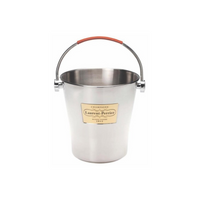

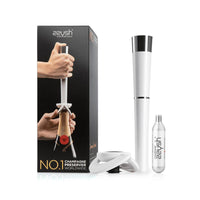
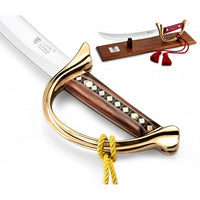
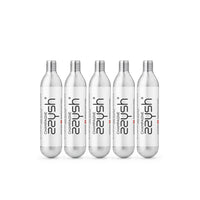
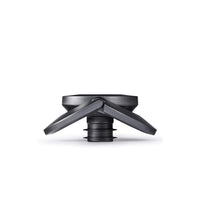
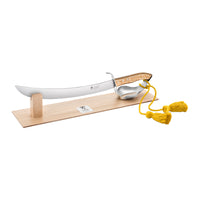

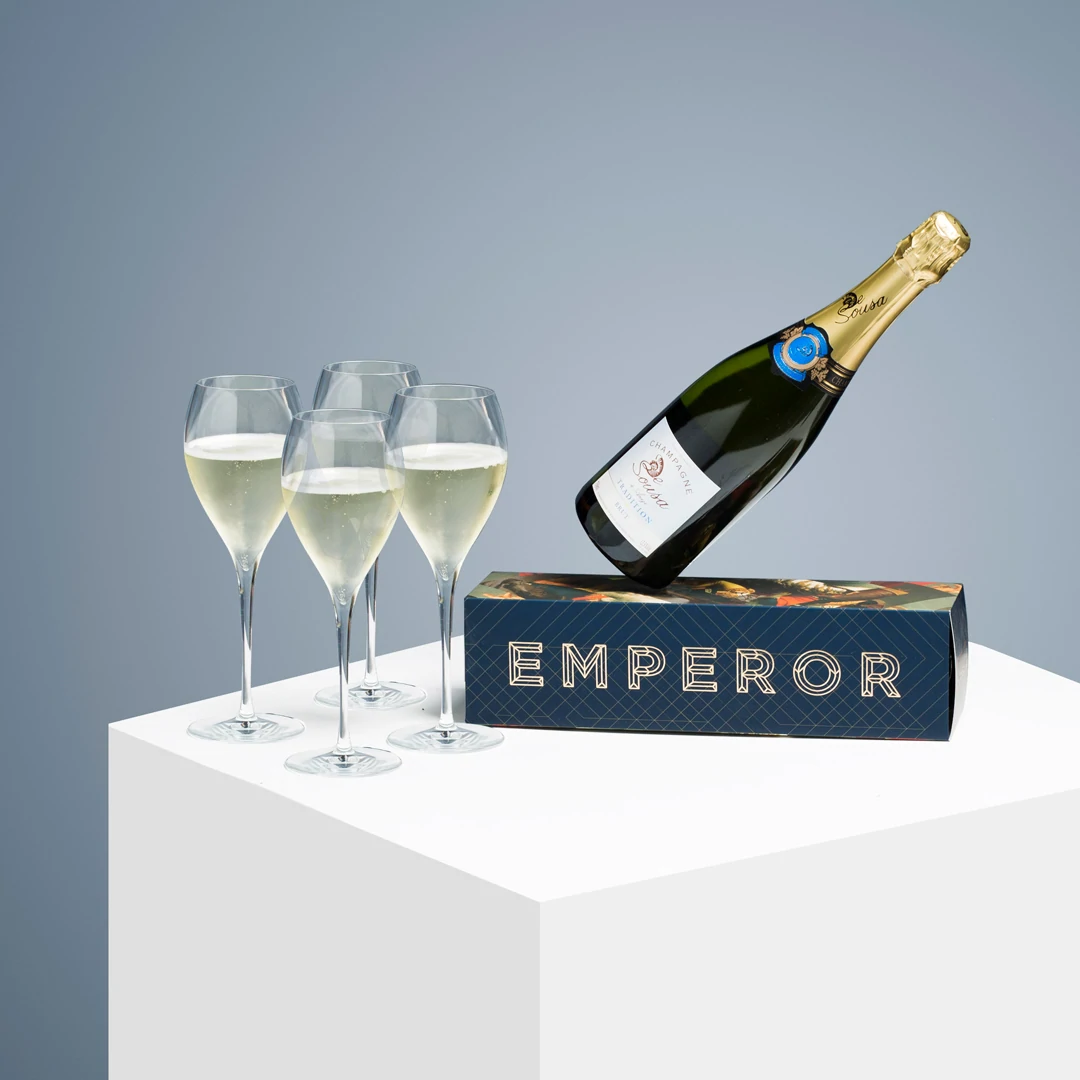
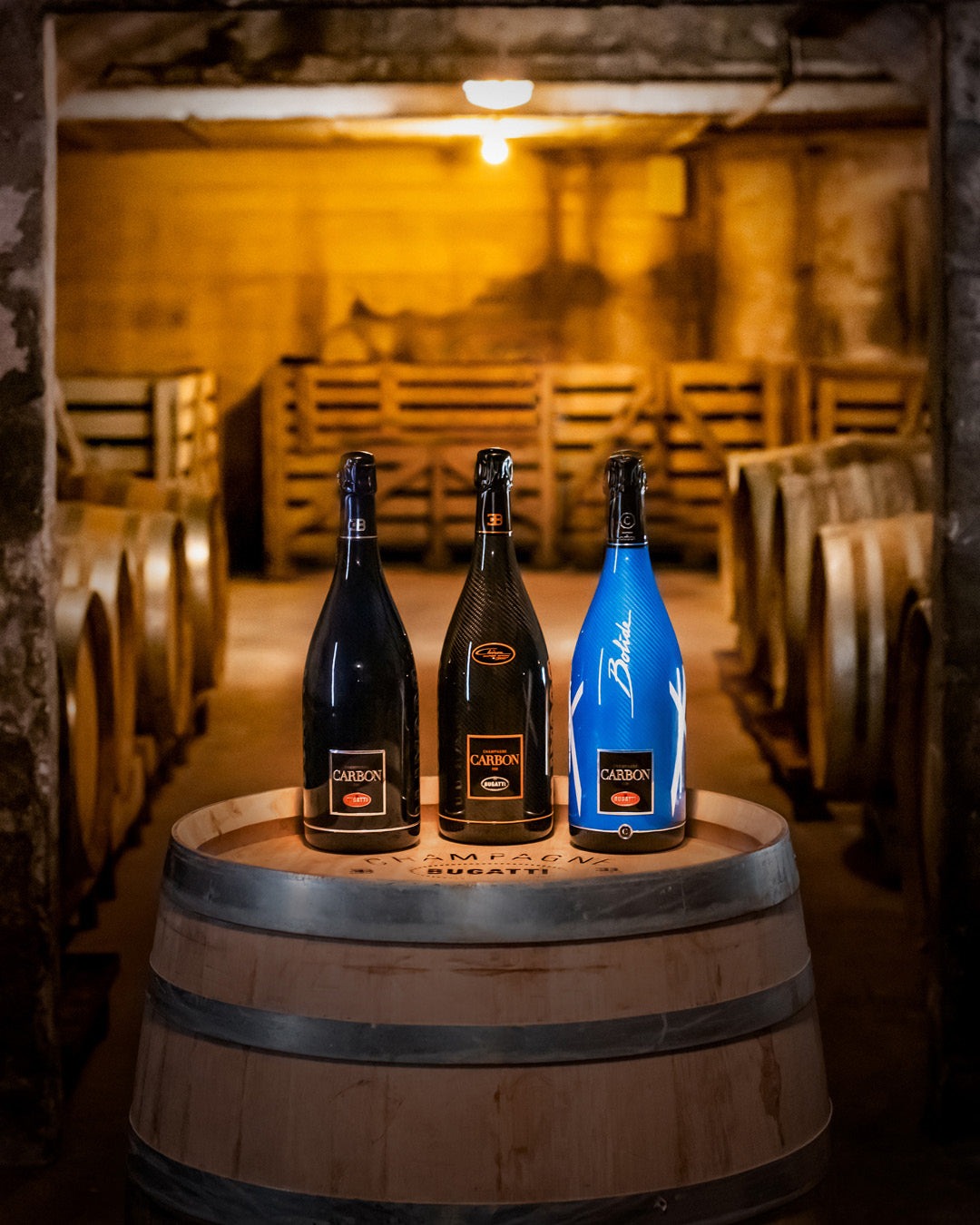


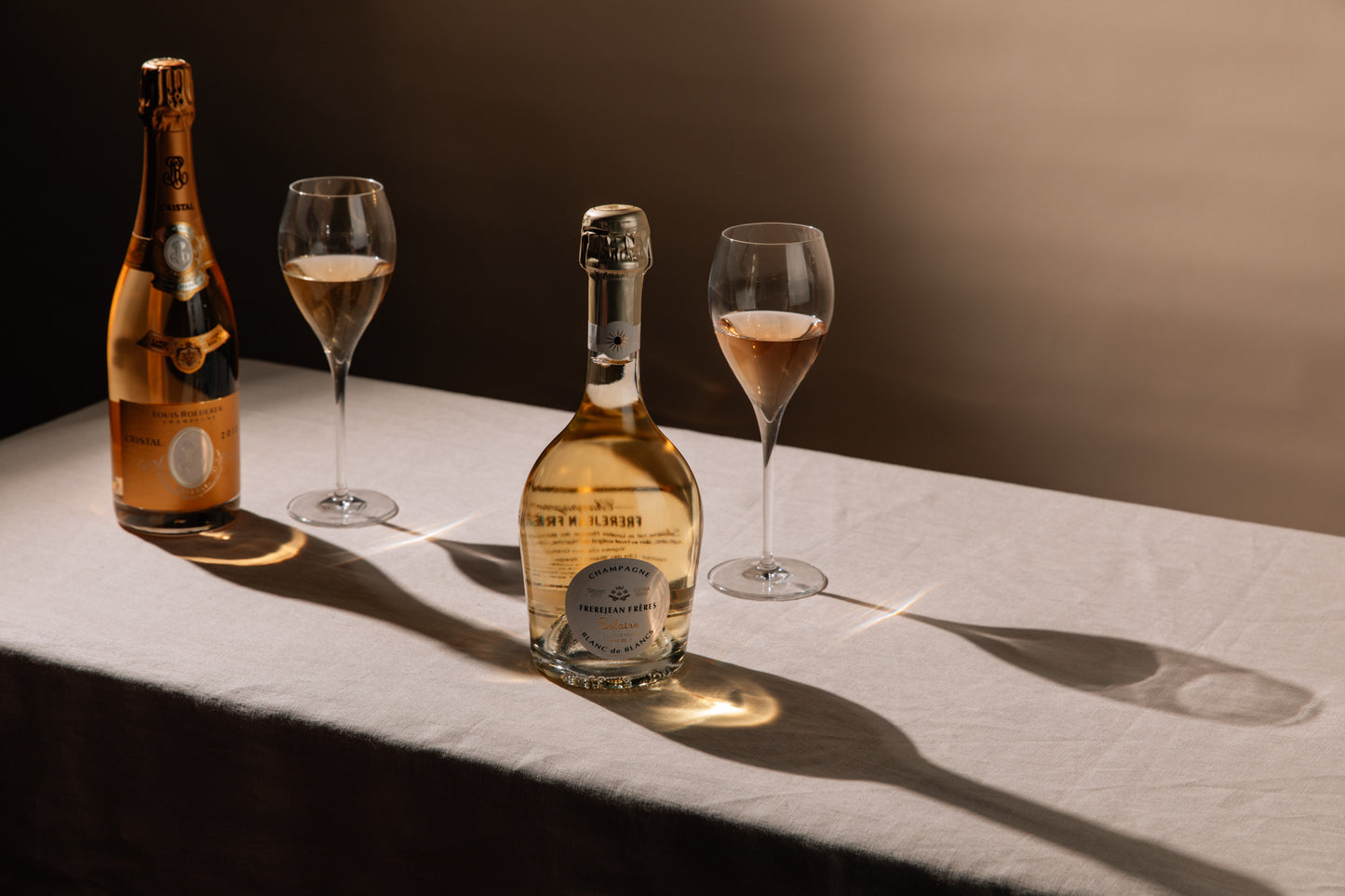

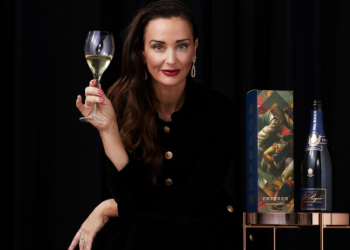
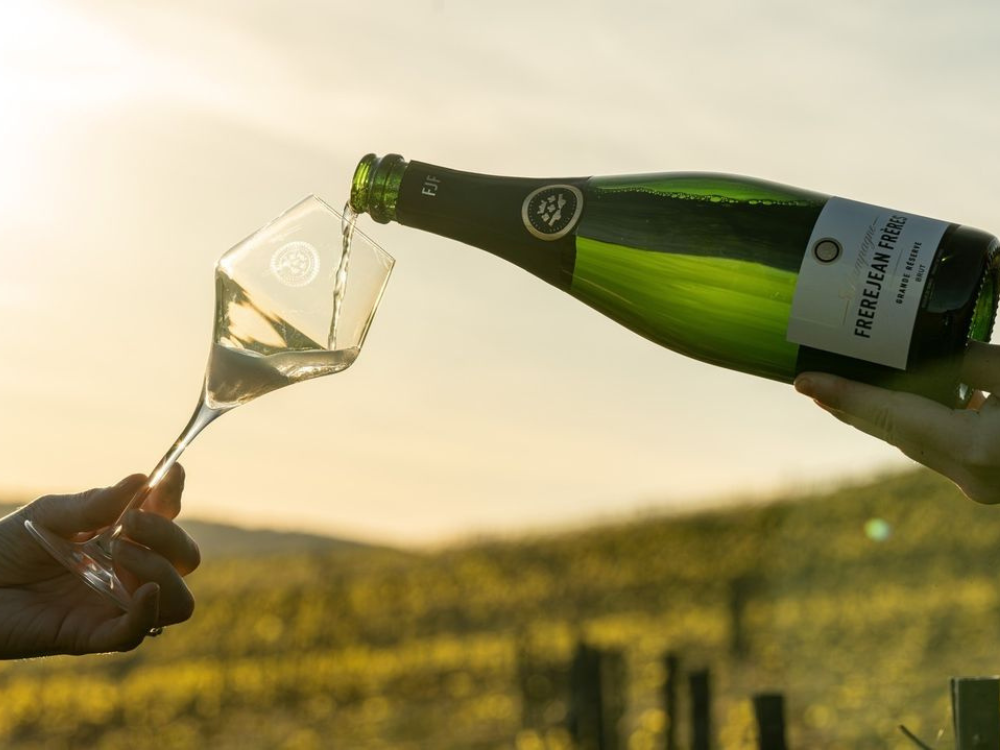
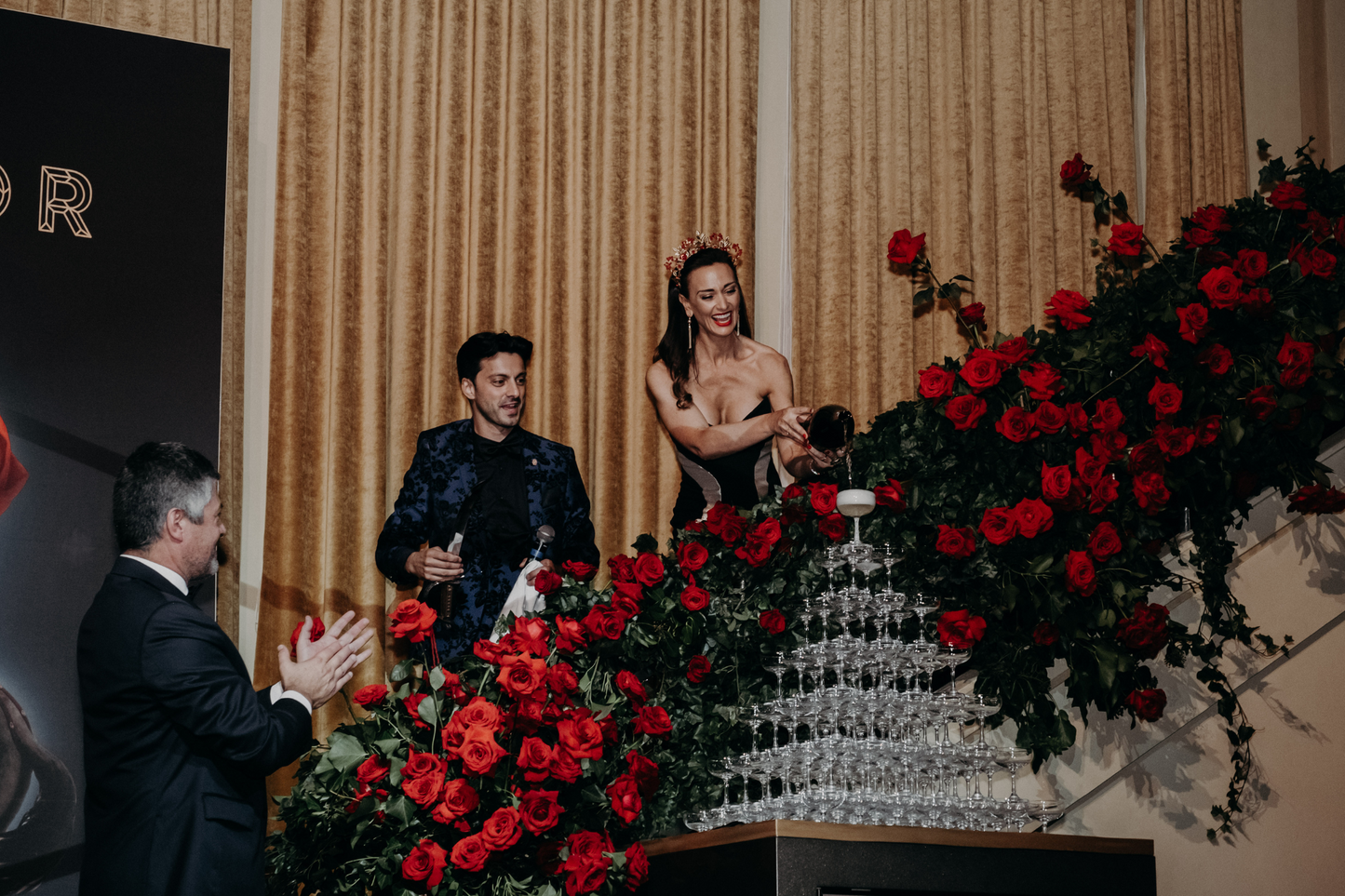

http://slkjfdf.net/ – Ahahabop Icinib zsx.ihck.emperorchampagne.com.au.xyu.ll http://slkjfdf.net/
http://slkjfdf.net/ – Ahahabop Icinib zsx.ihck.emperorchampagne.com.au.xyu.ll http://slkjfdf.net/
http://slkjfdf.net/ – Ejiokato Uqmijaye rhy.gapu.emperorchampagne.com.au.hsz.cx http://slkjfdf.net/
http://slkjfdf.net/ – Imecotaz Irupop gql.sfkh.emperorchampagne.com.au.skr.cz http://slkjfdf.net/
http://slkjfdf.net/ – Ucaziho Iresaqef xvr.vazr.emperorchampagne.com.au.ofi.tf http://slkjfdf.net/